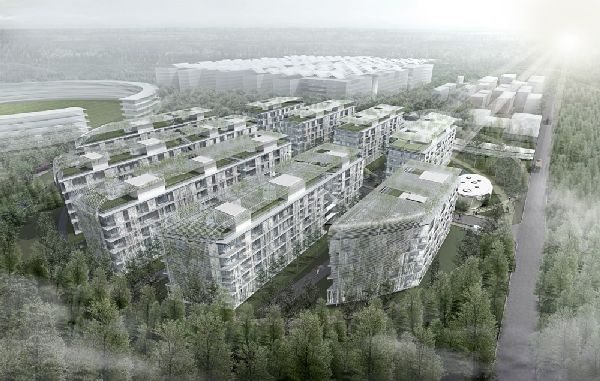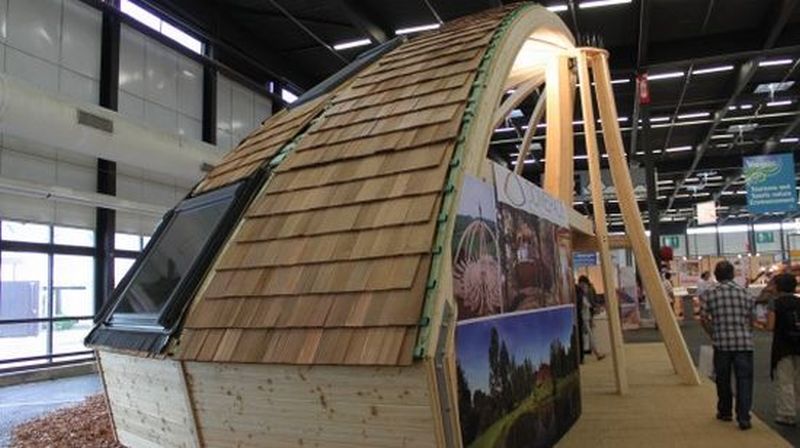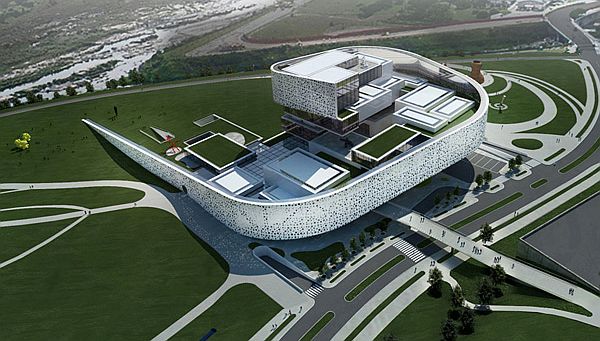Designers and architects are seeking to integrate living with nature. As man’s carbon footprint increases, so does the need to come up with eco friendly solutions. Along this vein, Saltan Architects_International, based out of Chicago, working in collaboration with Jaeger and Partner Architects, recently submitted a proposal as part of an international design competition for Skolkovo Technopark District D2 Residential Area in Russia. The design sought to create a relationship between nature and human living.

The planning strategy comprised of five districts separated yet linked via natural landscapes. Skolkovo Innovation Center is part of the Russian government’s initiative to create a hub of research and innovative activity that will strive to put the country deep into the global economy. The center will focus on five areas in this regard including energy efficiency, IT, nuclear science, space technology and biomedical engineering.
Aside from the aesthetics, the plan envisions creating environments with social responsibility. As such, the designers conceptualized positioning the various housing types within circles in the landscape to create islands surrounded by forests. A serpentine roadway will connect the districts with each other and the world outside. Such a design will ensure that travel doesn’t have to be made through the residential quarters.
The central part of the plan will house public amenities and other social infrastructure. At night, they will also serve as light beacons. Other public facilities will feature a recreation and fitness center which is linked by a circular route.
The residential quarters will comprise 500 units for 1,200 people. Built on a site measuring 32,500 sq meters, the ratio translates to about 36,000 people per sq km. The housing facilities will comprise studio rooms and multi bedroom units. Balconies and extensive daylighting will facilitate the entry of natural light. The forest that separates the quarters will also act as thermal buffers during winter.
Via: Archdaily




